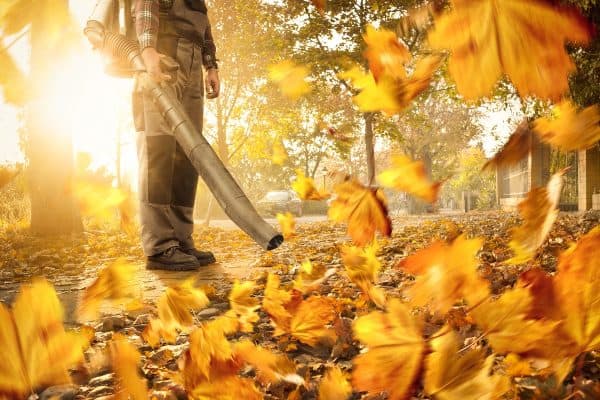Steep slopes prove a challenging landscape to build on. However, you can go against gravity even without retaining walls. You can make a slope visually pleasing, eventually adding value to your property. Let's discuss how to do it.
Here are creative ways to landscape steep slopes:
- Put steps on the slope
- Plant shrubs and trees
- Install a water feature
Not having a retaining wall can still be an opportunity to spruce up your landscape. The key is to make it look as polished as possible, and make it as functional as you can. Keep reading below to learn more about landscaping steep slopes.
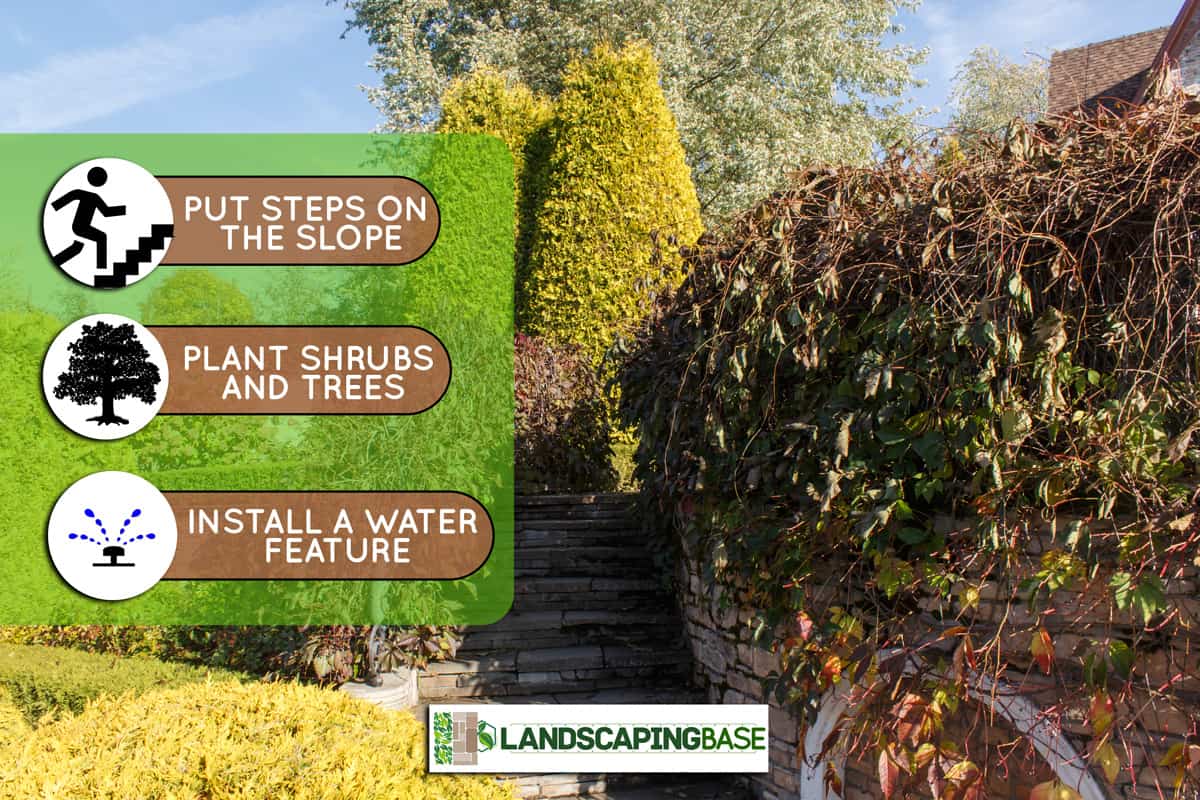
How To Landscape A Steep Slope Without Retaining Walls
Landscaping a steep slope is difficult. The ground is not even so you are working against gravity, the slope might not be stable, and you're going to be climbing uphill even when you're still trying to scour the area while figuring out what to do.
Here are ways you can make a sleep slope easier to walk up, more appealing, and more functional.
Read: "What Ground Cover For Shade Under Rhododendrons?"
Put Steps on the Slope
A slope would be easier to traverse if there was a paved path or steps that everyone could walk on. Steps and pathways are visually pleasing, and you would make the slope more functional especially if you're planning to build a garden on the hill.
The steps can either be full stairs, a straight paved path, or divided square tiles. Full stairs are your best option, but they are the most difficult to install so don't attempt to do it yourself if you're inexperienced.
Hire a professional landscaper to build the steps on your sloped landscape, and pick out styles that would blend with the rest of your property and make it look as natural as possible.
You can also try a rustic appeal by incorporating rocks and boulders to act as the landscape's steps. They would blend with nature better, and they are lower maintenance compared to other materials.
You can also try incorporating flagstone steps into the hill to have a slightly elegant flair that would still look natural on your landscape. Pick natural colors that would easily complement the plants and shrubs surrounding the steps.
Plant Shrubs and Trees
Planting shrubs and trees is a tried and true solution to any landscape. Not only will they make the space more visually appealing, but they will also stabilize the soil so that there won't be instances of erosion.
It would prevent stormwater runoffs, and every drop of water will be utilized for the good of your garden's ecosystem. Make sure you get deep-rooted plants to work into the soil and let the trees absorb the excess moisture.
Plants naturally make the soil more stable by absorbing the moisture that could cause it to erode. When these plants absorb the water, they will grow sturdier, making the soil more compact. This would create a cycle that would continually strengthen your soil.
It is best to choose native plants for steep soil so you're assured that they won't be invasive and that you get to reap all their benefits. They are also easier to care for as they are more inclined to thrive in your landscape.
If you have unsightly spots in your sloped landscapes, ground-covering and crawling plants can easily solve that. They could cover "bald" spots, and they can make your garden look more lush.
Install a Water Feature
If you want a more unique landscape, installing a water feature such as waterfalls that could fall down the steep slope could easily achieve this. You can also dig a natural pond, stream, or pool creating an almost paradise-like landscape.
This can be very challenging to make, so hire a competent contractor to do your landscape and try to communicate your vision to achieve the environment you want.
You can incorporate unique forms that can make the waterfall more aesthetically pleasing and relaxing, but you'd mostly need rocks and boulders to achieve a natural appeal.
Although this may not increase the monetary value of your house, it can elevate your lifestyle since they provide a tranquil space where you can relax after a long and tiring day.
Having a water feature in your yard will also attract more pollinators and beneficial insects which can improve your landscape's ecosystem. However, if you are building an artificial pool, you'll need to clean it regularly to avoid bacteria and fungi accumulation.
Designing and conjuring a vision for a water feature can be challenging in itself: you need to consider the plants that would complement the amount of moisture that comes with pools.
Also consider mechanics to keep the water healthy, like pumps and getting the right liner materials. Make sure to get a competent contractor to work with you.
How to Properly Landscape a Steep Area
If you want to explore what to do with your landscape, there are things you need to consider first. You will need to observe your steep hill closely to figure out the right way to spruce it up.
Here are things you need to consider before designing your steep landscape.
Read: "11 Big Rocks Landscaping Ideas."
Take Advantage of the Present Material
If your landscape is barren, you could have more agency about what to do with it. However, if there are already plants, trees, and shrubs planted around, you may want to take advantage of them instead.
For example, you can make the wild garden more visually pleasing by trimming, pruning, and watering, before figuring out which plants to incorporate into the landscape.
Irrigation System
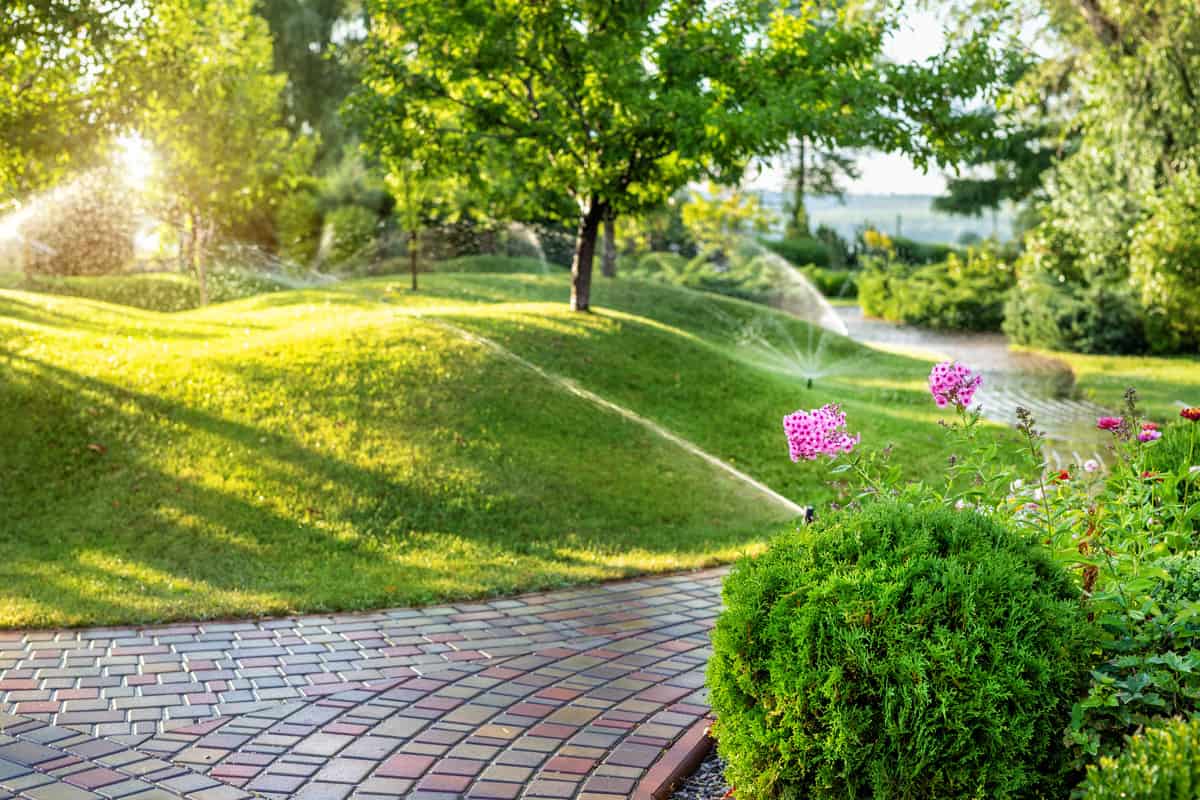
If you intend to fill the landscape with plants--which is the best solution--figure out what your irrigation system would be. This would ensure that your greenery will continue to thrive regardless of the weather patterns, which is essential if you live in an area that's prone to drought.
Irrigation systems will ensure that your sloped garden will consistently look lush and fresh as plants will be well-tended.
What Plants to Put in Steep Landscape
Figuring out what plants to put in your steep landscape will contribute to how compact and stable the land will be. You'd want to choose plants that are native to you so they would easily complement the surroundings.
Here are plants you can consider putting into your landscape.
Burning Bush
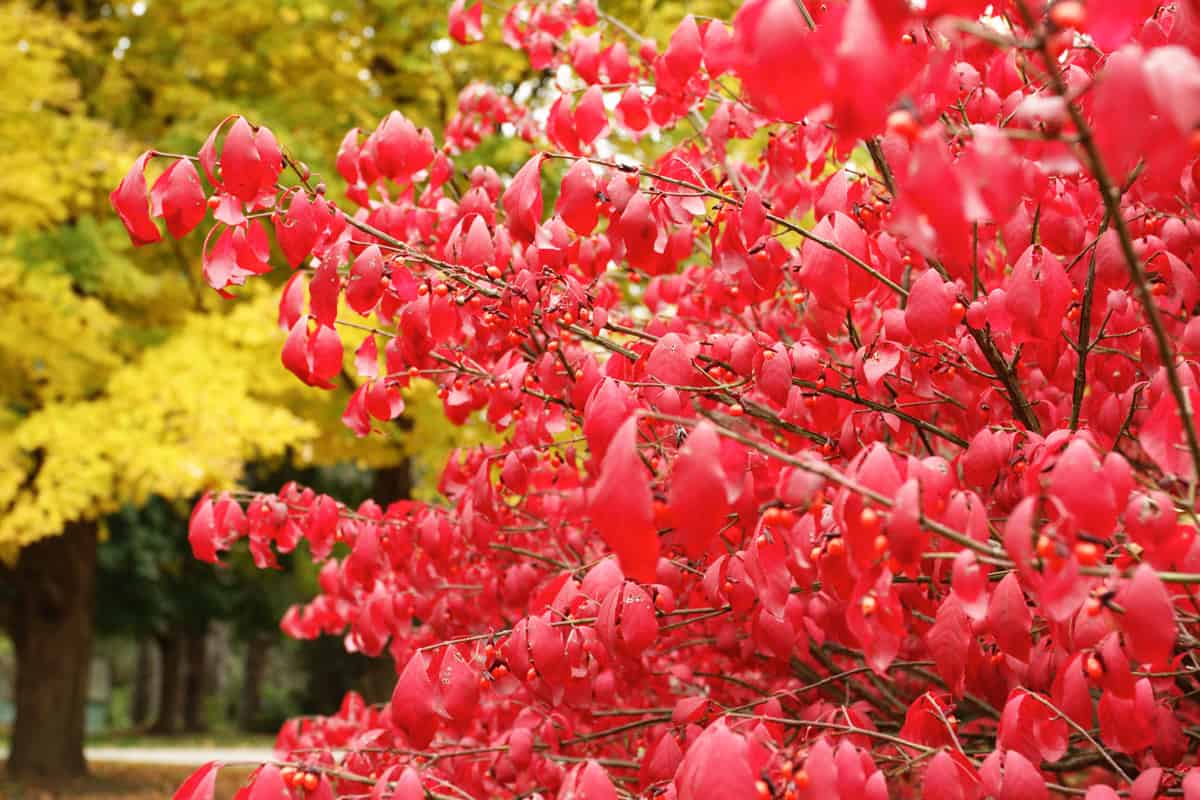
Burning bushes have bright crimson foliage that can add a burst of color to your landscape. It could instantly spruce up your sloped landscape. They are fairly low maintenance and can survive in any soil condition, which is an ideal bush that beginners can tend to.
California Lilac
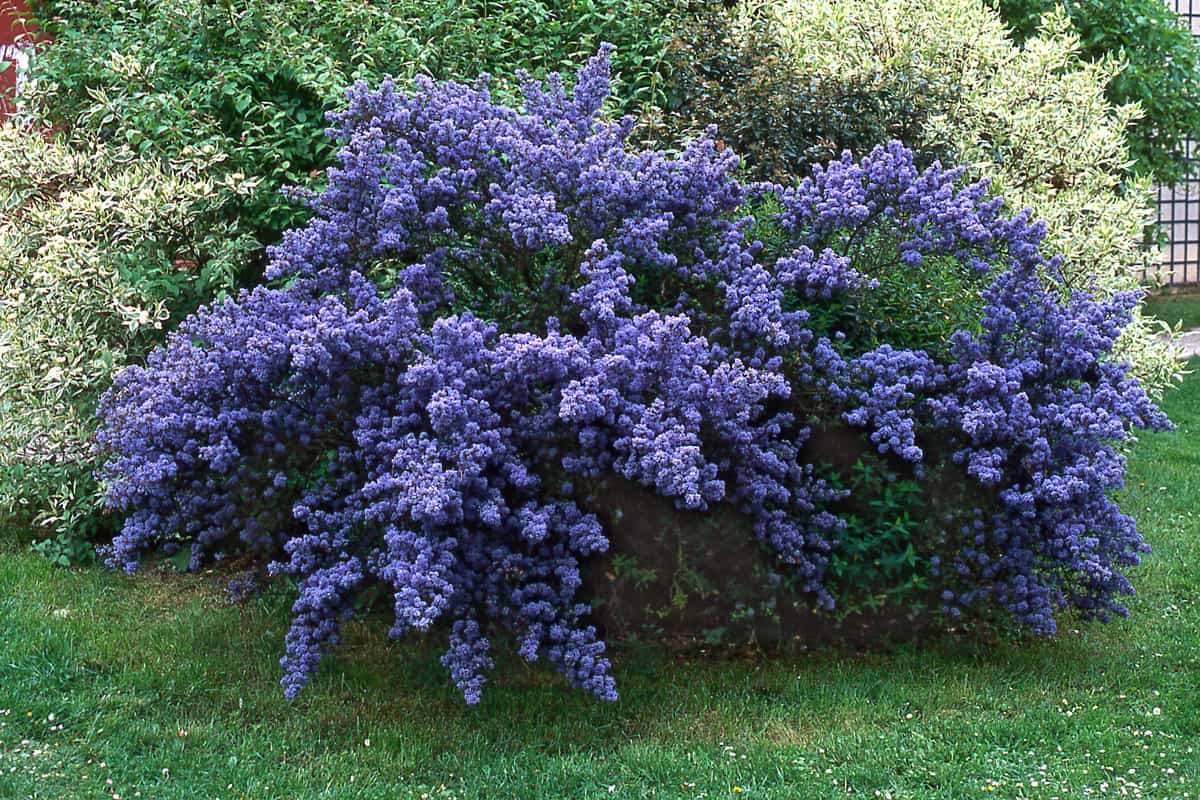
California lilacs have bright purple or blue flowers that have glossy foliage that glows under the sun. They emit a sweet scent that can make your landscape more enjoyable.
They thrive in well-drained soil, so you may need to amend the soil on your steep landscape if needed.
Creeping Juniper
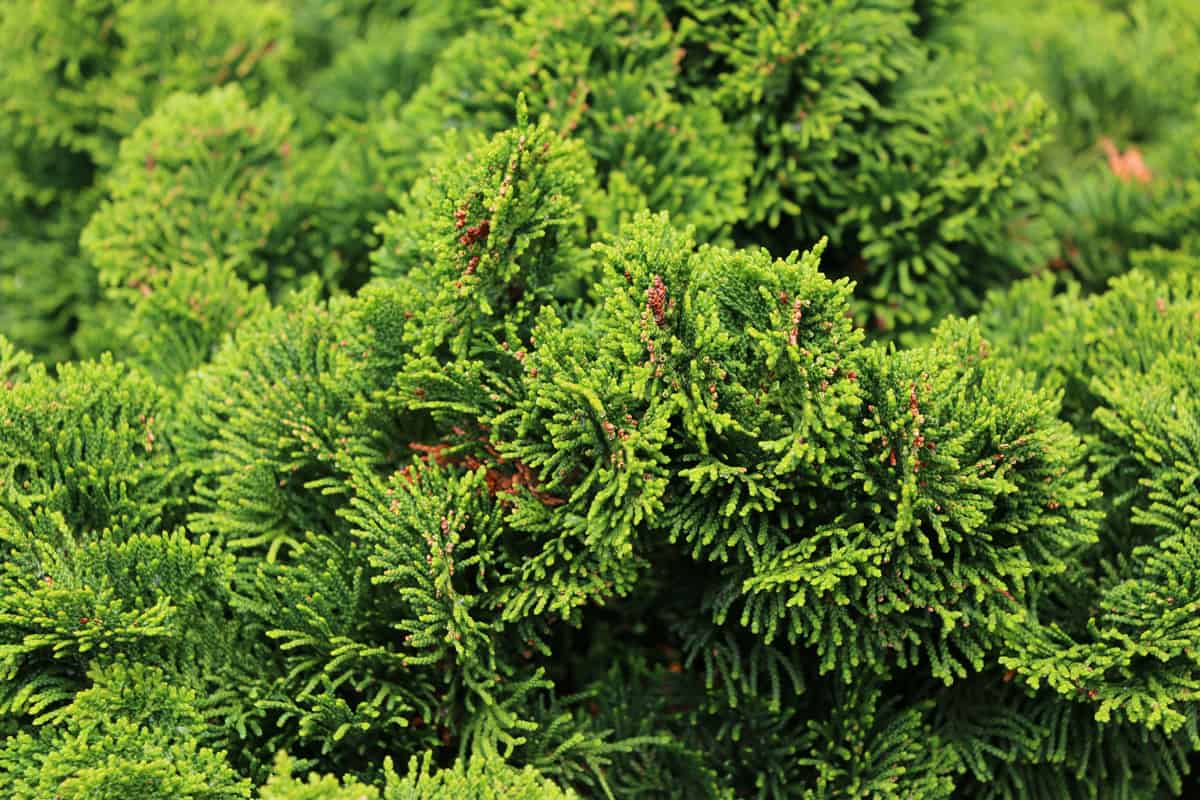
Creeping Junipers are low-growing shrubs that you can utilize as ground cover to make your landscape more lush and fresh. They have horizontal-growing foliage that can transform into purple during the winter, so you may want to wait for these colors to appear for a seasonal appeal.
Final Thoughts
Retaining walls are not the only fixture you can install on steep-sloped landscapes. There are other ways you can make the hill more functional and visually pleasing, although it can be challenging and may need professional assistance.
In the end, it will all be worth it once you see the final result, so make sure to have a clear vision of how you want your landscape to look.

![A man using a portable vacuum to collect dead leaves, Will A Leaf Vacuum Pick Up Mulch? [Can It Remove Leaves From Mulch?]](https://landscapingbase.com/wp-content/uploads/2022/09/Man-using-a-portable-vacuum-to-collect-dead-leaves-600x400.jpg)
